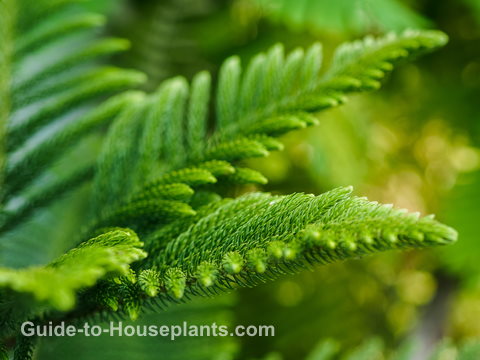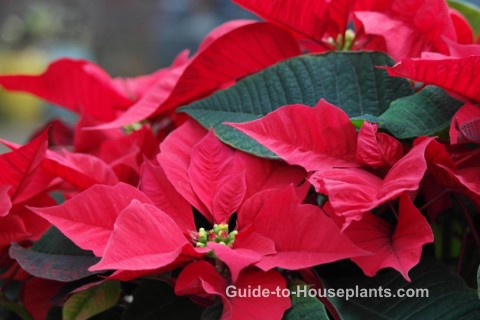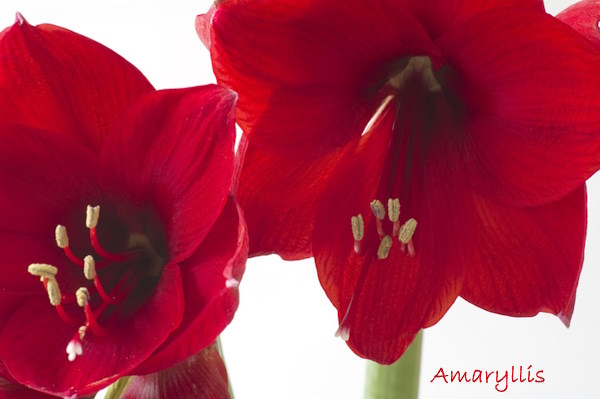Orchid Cactus Care
Big, cup-shaped blooms in gorgeous colors make orchid cactus a joy to grow. Show it off in a hanging basket and allow the long stems to cascade over the pot.
With this guide, you'll keep your plant healthy and blooming year after year. Get tips for growing Epiphyllum orchid cactus indoors, plus how to repot, water, propagate, and get these tropical beauties to re-bloom.
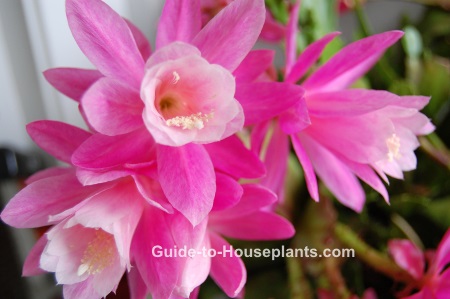
Get to Know Orchid Cactus
Epiphyllum species are native to Central America. Give these gorgeous tropical houseplants indirect sunlight, warm temperatures year-round, and high humidity and you'll make them feel right at home.
Orchid cactus stems are broad and flat with serrated edges. They'll grow to 2 ft (60 cm) long, and about 2 in (5 cm) wide. Not very showy, but you can count on them to burst into bloom every spring.
Flowers emerge at the ends of the stems, and can be 4-8 in (10-20 cm) wide. Most Epiphyllum grown today are hybrids and may be pink, red, white, yellow, orange, purple or bicolored. Give your tropical cactus plenty of light and you'll enjoy months of blooms.
Pruning Orchid Cactus
You won't need to prune unless you want to control its size. The best time to prune it back is shortly after it stops flowering. Use sharp, clean pruning shears to prevent tearing the stems.
Don't toss out those orchid cactus cuttings! Propagate them to get more of these captivating plants. (See "Propagation" below.)
Wondering Whether to Repot...or Not?
Repot every 2-3 years, moving up to a pot 1 size larger. Orchid cactus prefers to be slightly pot-bound and blooms best this way. Never repot while it's blooming, which will cause its buds and blooms to drop.
Large plants can be top-dressed instead by adding a layer of fresh potting mix. Allow an inch or so (about 2.5 cm) of space from the rim of the container so soil won't spill out while watering.
How to Make Orchid Cactus Bloom
Growing this flowering cactus is easy, but a few things you can do will help it to bloom:
- Give it a winter rest. A cool, dry rest for about 8-10 weeks in winter are needed for the plant to set buds. Water sparingly and stop fertilizing during this time.
- Shed some light. Keep your orchid cactus in bright, indirect light year-round. If you move it outdoors for the summer, keep the plant shaded from direct sunlight.
- Feed it. High-phosphorus fertilizer will encourage more blooms. Start feeding in early spring and continue through fall.
- Leave it alone. Once buds appear, keep the plant in the same location. Changes in light and temperature by moving it around will cause it to drop its buds and flowers. Also keep it away from drafty areas like doorways and heat/AC vents.
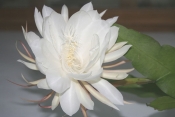
Epiphyllum oxypetalum (shown here) is among the most popular species of this genus. It bears white, fragrant flowers that bloom for one night only -- then wither by morning. If you sneak up on it during the night, you'll catch it in full bloom.
Orchid Cactus Problems and Solutions
Dropped flower buds? Once buds set, don't move the plant around. Changes in light will likely cause flower buds to fall off. Don't worry, though -- these tropical hybrids are long-lived and with good care, will bloom beautifully when they get what they want.
Something bugging your plant? Check for scale insects and mealybugs that may attack this plant. Treat any infestation right away and isolate an affected plant to prevent pests from moving on to your other houseplants.
Limp stems that turn blackish at the base is stem rot, caused by overwatering. You can cut off any rotted stems at soil-level.
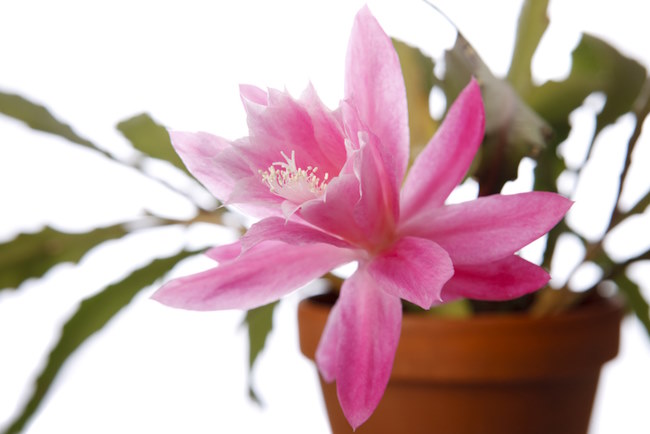 Image credit AYImages / istockphoto
Image credit AYImages / istockphotoOrchid Cactus Care Tips
Light: Bright light, but no direct sunlight. Insufficient light causes spindly growth and few blooms.
Water: Keep the soil moist spring through fall, while plant is growing. In winter, water sparingly until new growth begins in spring. Never allow it to dry out. Shriveled, limp stems are a sign the soil is too dry. Overwatering leads to stem rot; cut off any damaged stems.
Humidity: Moderate indoor (about 40-50% relative humidity). Stand the pot on a dish of wet pebbles to boost humidity, if necessary. If your home is extremely dry, the best way to raise humidity is with a cool-mist room humidifier.
Temperature: Average room temperatures 65-75°F/18-24°C. To set flower buds, the plant needs 8-10 weeks of cool 60-65°F/16-18°C days and 45-55°F/7-13°C nights in winter.
Soil: Mix 1 part peat moss-based potting mix and 1 part perlite for faster drainage.
Fertilizer: Feed every 2 weeks from early spring through fall with a high-phosphorus water-soluble fertilizer. Don't feed during the winter.
Propagation: Detach 4-6 in (10-15 cm) stem sections in spring, allow cut to dry (callous) for a few days, then place cut end upright in lightly moist potting mix. Keep cuttings at room temperature (65-75°F/18-24°C). Stem cuttings root easily in about 4-6 weeks.
